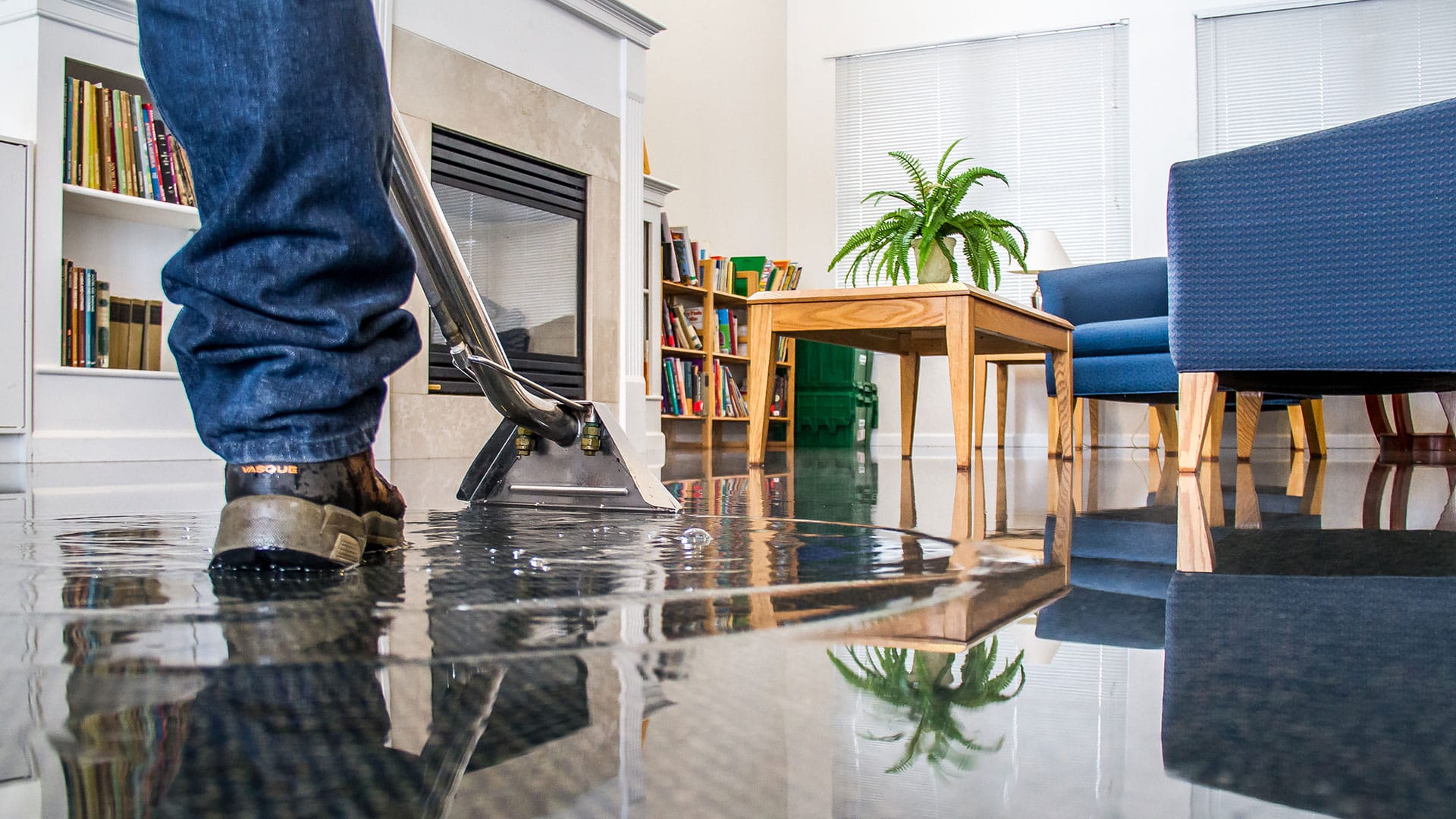A lot of homeowners aren’t aware of the dangers lurking inside their walls. The signs of a bigger problem can be found in a mark in the ceiling, soft patches of wall, or a musty odor after an event. What started as moisture becomes wet drywall, an ideal substrate for bacteria and mold to thrive. SGP Drywall A trusted Mold Remediation firm is on hand not only to repair the damage, but to ensure the foundation of your home’s health.

The Invisible Threat Lurking in Your Walls
Water damage can be more than you see. Damage to your water pipes can be hidden by paint, the insulation, and even under floors. Mold spores are awoken in this damp environment. They begin to multiply rapidly and feed off cellulose which is the primary ingredient in the construction of drywall. Within a matter of hours, an apparently harmless leak could turn into the health risk for your family and your home.
The act of ignoring the remediation of water damage is like ignoring the smell from a hidden blaze. The longer the damage is not addressed, it will get worse. As it gets more colonized as drywall gets less pliable and wood studs begin to decay. The damage may have already been done when the discoloration and smell are recognized.
Beyond Drying: The Science behind Remediation Remediation
Many people believe that they can get rid of water damage with a fan and some paint. The problem is that this fix is only a cover for the problem, but doesn’t completely eliminate the issue. Professional remediation is science-based, not a guess. An accredited Mold Remediation Company will use moisture meters and thermal imaging cameras to locate every pocket of dampness.
The team will begin remediating water damage when the map of moisture has been identified. The team removes contaminated drywall and insulation. Structural wood is cleaned with antimicrobials and dried. Industrial-grade dehumidifiers are employed to eliminate any remaining moisture in the air. Every surface is cleaned, sealed, and tested for safety before beginning reconstruction.
This method is thorough and guarantees that the issue is not recurring. Once it is embedded in the drywall, can develop again even if there is a trace.
Rebuilding stronger: the purpose of reconstruction after water damage
Following remediation Following remediation, the next step is reconstruction after water damage, in which craftsmanship meets security. The process of building smarter doesn’t involve only patching up holes. Replace wet drywall panels with moisture-resistant panels that are resistant to future leaks. The joints are sealed with specific primers that stop bacteria from re-entering the wall.
Contractors usually use the latest waterproofing materials in areas that are high risk, such as bathrooms, basements and kitchens. This provides long-term protection. Reconstruction doesn’t only mean restoring what has been lost and enhancing your home’s resilience.
Why Professional Help Is Non-Negotiable
The temptation to delay repairs is as deceptive as water damage. Some homeowners think that the wall will dry by itself and they can wait a couple of days. In reality water is already providing tiny mold spores. By the time symptoms appear, remediation costs can double or triple.
A certified mold remediation company understands that every hour counts. Their aim is to stop the issue, eliminate the cause, and then restore your property before bacteria and fungi have a chance to expand. Their experience also ensures safety handling mold without proper equipment can allow harmful spores to escape into the air, which can lead to a worsening of contamination.
What Homeowners Can Learn from water
Water is a harsh lesson that delay can have consequences. In the blink of an eye, a leak for a week can turn an entire wall into a decay-producing breeding ground. Awareness is the first step. Knowing when to act, who to contact, and how to prevent further incidents could safeguard your home as well as your health.
Plan regular inspections. Seal plumbing joints. Be alert for any unusual odors, or any changes in the texture of walls. If water does manage to find its way into your home, speed, precision and knowledge are the most crucial factors.
A Final Reminder of Restoration
The objective of true restoration is not to make your home to the way it was, but rather to rebuild it to a higher standard. A good team can restore more than just structure, no matter if you’re dealing with mold growth or drywall that is wet. They restore security, comfort and peace of mind.
Allow the experts to talk when the water seems to be silent. Your home won’t just recover, but become stronger.
